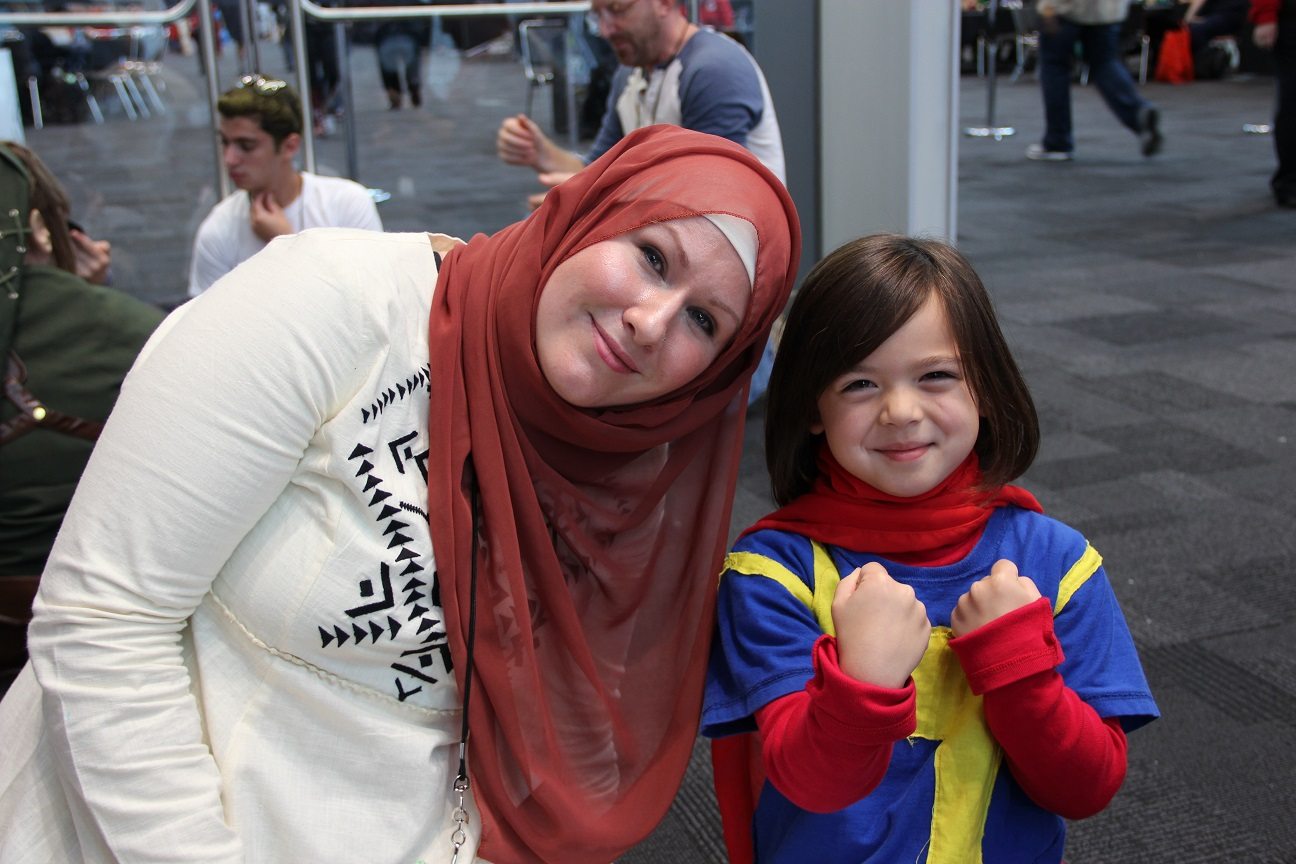Touch-typing – or keyboarding, as it is more commonly called nowadays – involves using all the fingers in a standard pattern to hit the correct keys without looking at them. Back in the day, typing was taught sometime in high school. (I always say it was the only class I took that actually helped me earn a living.) But that was before lapware. Today kids are using keyboards before their hands are big enough to reach all the keys. That makes it difficult for them to learn the “right way” to type.
Educators disagree about the best age to teach touch typing. There is even disagreement about whether keyboarding should be formally taught at all, especially in elementary school. Once kids have started typing on their own, however, it’s difficult, if not impossible, to correct their “bad habits.” On the other hand, starting typing instruction before kids have developed the discipline or dexterity to learn it is an exercise in futility. One answer is typing instruction programs aimed at older elementary or middle school kids. Unlike typing teachers of old, these programs try to make learning to type fun by presenting it (like a lot of educational software) in the form of a game.


I recently tested two learn-to-type methods for kids. My subject, a young man of 13 who I will refer to as “X,” had been using a computer keyboard regularly since at least the age of 9, when he started writing a monthly movie review column for a local magazine. Virtually all his writing assignments for his teacher were done on the computer, and he IM’d friends on a daily basis. Although he had never had any formal typing instruction, he was fast and accurate using only his two index fingers. Unfortunately, he tended to hit the keys with such force that his family often complained. His mother was also concerned that he would develop the pointer finger equivalent of texter’s thumb. There was also interest in seeing whether a course in touch-typing could improve his speed and accuracy.
Method 1: Mavis Beacon Teaches Typing CD ROM
Mavis Beacon’s typing software has been around since 1987. Mavis is a friendly-looking professional woman of color who wears nicely-tailored business suits and a conservative bun. (I was disappointed to learn from Wikipedia that Ms Beacon is a corporate logo like Betty Crocker and not an actual person. ) We had a version dating back to 2001 that had been purchased at Staples for around $10. X’s older brother had learned to type on it – although after a bug in the program lost his place, he did not complete it. Nevertheless, his typing involves all the fingers and looks good. X declined to try Mavis Beacon, but later began using the games to practice what he learned using Method 2. Available for Windows and Mac.
Method 2: Dance Mat Typing
This site for kids is offered by the BBC, and is designed for ages 7 to 11. It features a cartoon Scottish goat in a disco suit who leads you through the keys in a heavy brogue. According to X, the program was childish and annoying. But he did agree to go through the 12 lessons for the sake of this study. At the end of the program, he was typing around 25 words a minute with 98 percent accuracy – not bad for a beginner. One problem I did notice is that X did not keep his hands on the home keys, and sometimes used the wrong fingers. However, even when typing on his own time, he continued to use all his fingers instead of reverting to the two-finger method. It’s possible that with continued practice and some reminders from adults that he will develop good typing habits that will improve efficiency and eliminate the chance of injury.
Findings: Can you teach a kid to type with a computer program? The answer seems to be yes. A teacher who is proficient in touch typing – and familiar with the kind of exercises that build good typing habits – is certainly a help. But programs like Mavis Beacon and Dance Mat Typing do produce halfway-decent results. For total mastery, though, it probably also helps to have a kid who wants to learn to touch type in the first place.

